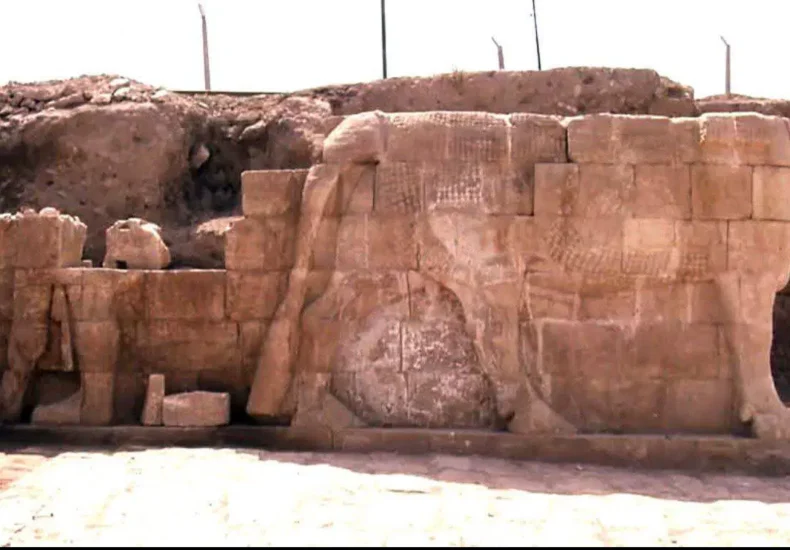
Fifteen New Lamassu Unearthed in Nineveh: German Team Uncovers Stunning Reliefs in Ancient Assyrian Palace
Archaeologists have uncovered fifteen monumental lamassu and newly preserved bas-reliefs inside a Neo-Assyrian military palace at Tell Nabi Yunus, within the ancient city of Nineveh — one of Mesopotamia’s most powerful capitals.
The findings, announced by the University of Heidelberg’s German archaeological mission, come just weeks after the revelation of a six-meter-tall colossal winged bull, the largest ever found in Iraq.
According to excavation director Dr. Markus Feldmann, the newly discovered structures date from the reigns of Sennacherib, Esarhaddon, and Ashurbanipal—the emperors who transformed Nineveh into the grand imperial center of the ancient Near East.
“These new lamassu show a unique combination of artistic innovation and sacred symbolism,” Feldmann noted. “They reveal how architecture and divine imagery evolved during the empire’s final century.”
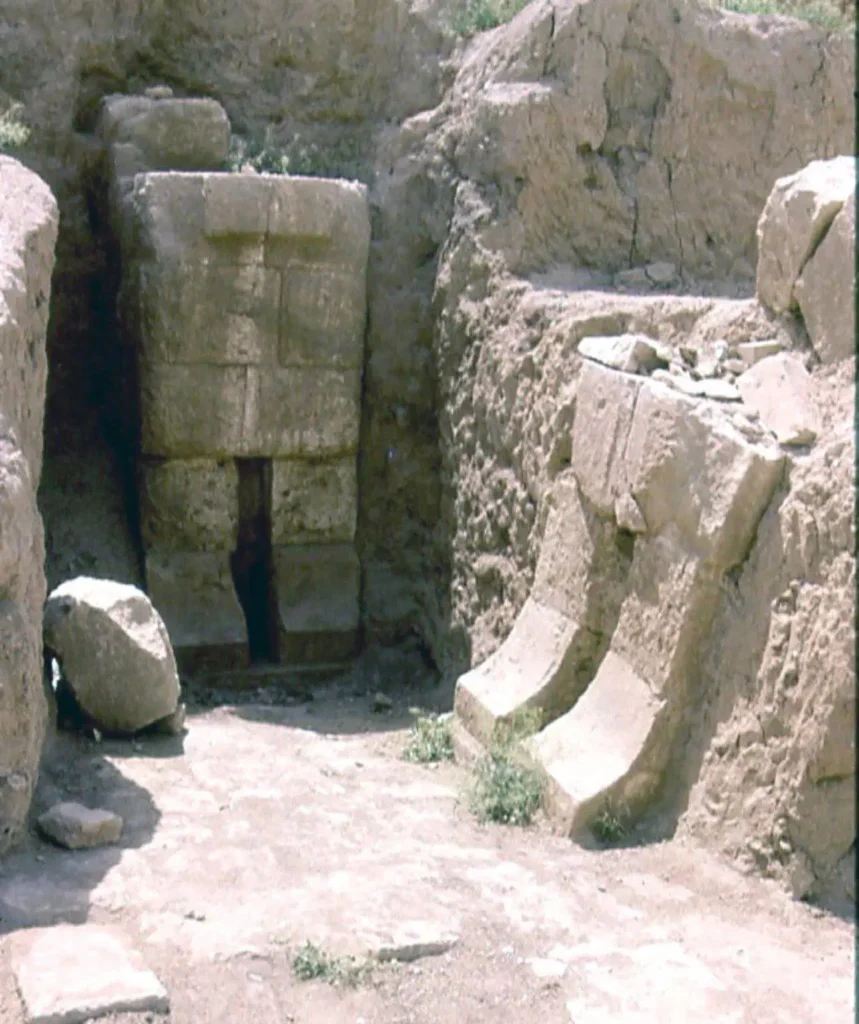
Guardians of the Empire
Fifteen lamassu—mythical hybrid creatures with a bull’s body, eagle’s wings, and a human face—were uncovered, twelve still in situ at the palace entrances. Their monumental size and diversity of craftsmanship mark a milestone in late Assyrian stonework: while some statues were carved from single monoliths, others were assembled from multiple blocks, indicating advanced building techniques.
In Assyrian religion, these winged guardians protected gateways and sanctuaries, symbolizing the fusion of strength, wisdom, and divine protection. Their presence at Tell Nabi Yunus emphasizes the site’s ceremonial and political importance within the Assyrian capital.
📣 Our WhatsApp channel is now LIVE! Stay up-to-date with the latest news and updates, just click here to follow us on WhatsApp and never miss a thing!!
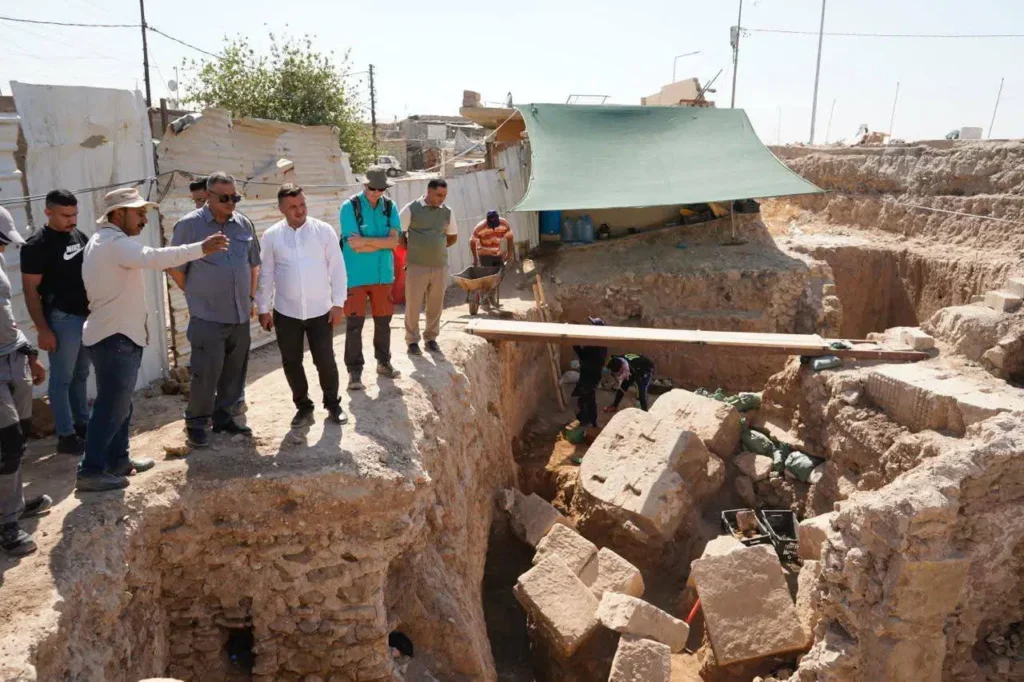
Masterpieces of Assyrian Relief Art
Fragments of bas-reliefs discovered alongside the lamassu depict military triumphs, royal audiences, and sacred rituals. These scenes once lined the walls of throne rooms, serving as visual propaganda for kings who ruled by divine mandate.
Feldmann explained that the newly found pieces “fill key gaps in our understanding of late Assyrian art and architecture under Esarhaddon and Ashurbanipal.”
Digital scanning and 3D documentation are being conducted on-site to preserve even the smallest fragments before conservation.
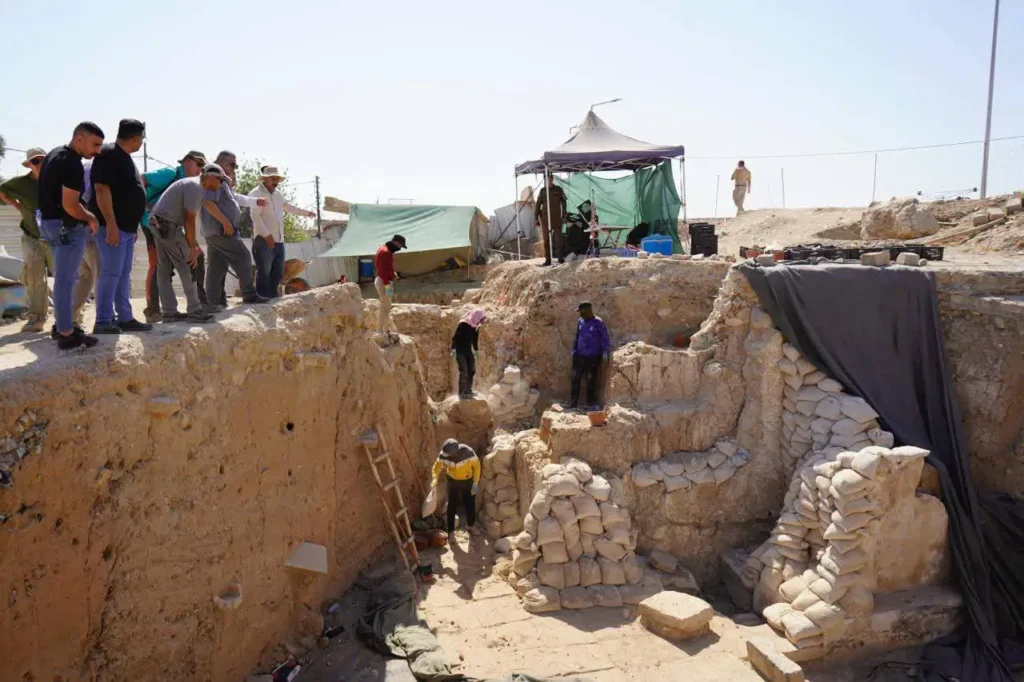
Nineveh Reborn
Nineveh—modern Mosul—was the greatest city of the 7th century BCE, famed for its canals, temples, and the legendary “palace without rival” of Sennacherib. The Tell Nabi Yunus mound, long inaccessible due to its religious significance as the traditional burial site of the prophet Jonah, is now being systematically excavated for the first time in history.
Chairman Shalgham, overseeing Iraq’s cultural cooperation efforts, praised the joint Iraqi-German project:
“Every stone unearthed in Nineveh tells a story of humanity’s first great cities, kings, and gods. Iraq remains the cradle of civilization.”
Ministry of Culture, Tourism and Archaeology of Iraq
You may also like
- A 1700-year-old statue of Pan unearthed during the excavations at Polyeuktos in İstanbul
- The granary was found in the ancient city of Sebaste, founded by the first Roman emperor Augustus
- Donalar Kale Kapı Rock Tomb or Donalar Rock Tomb
- Theater emerges as works continue in ancient city of Perinthos
- Urartian King Argishti’s bronze shield revealed the name of an unknown country
- The religious center of Lycia, the ancient city of Letoon
- Who were the Luwians?
- A new study brings a fresh perspective on the Anatolian origin of the Indo-European languages
- Perhaps the oldest thermal treatment center in the world, which has been in continuous use for 2000 years -Basilica Therma Roman Bath or King’s Daughter-
- The largest synagogue of the ancient world, located in the ancient city of Sardis, is being restored

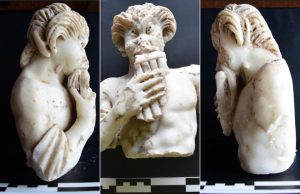
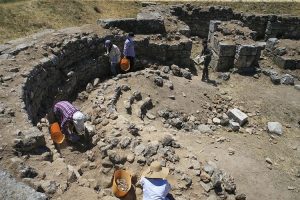
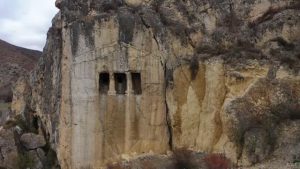
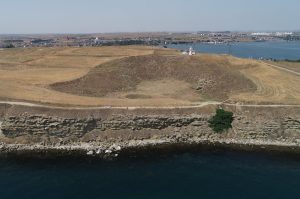
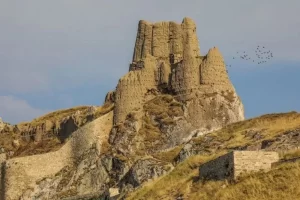
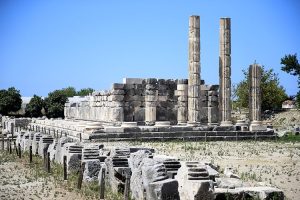
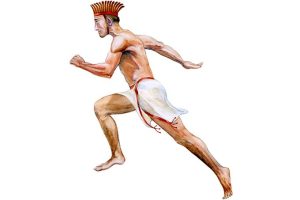

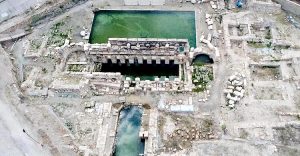
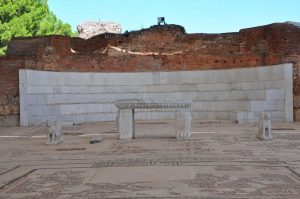
Leave a Reply